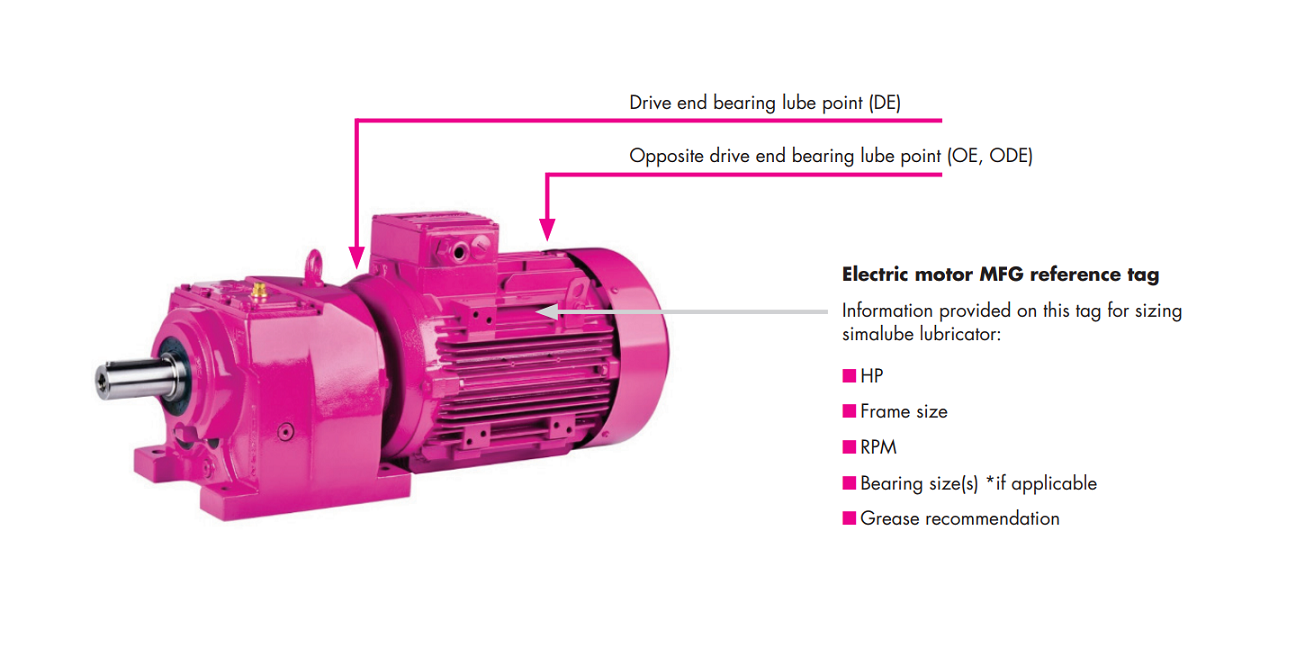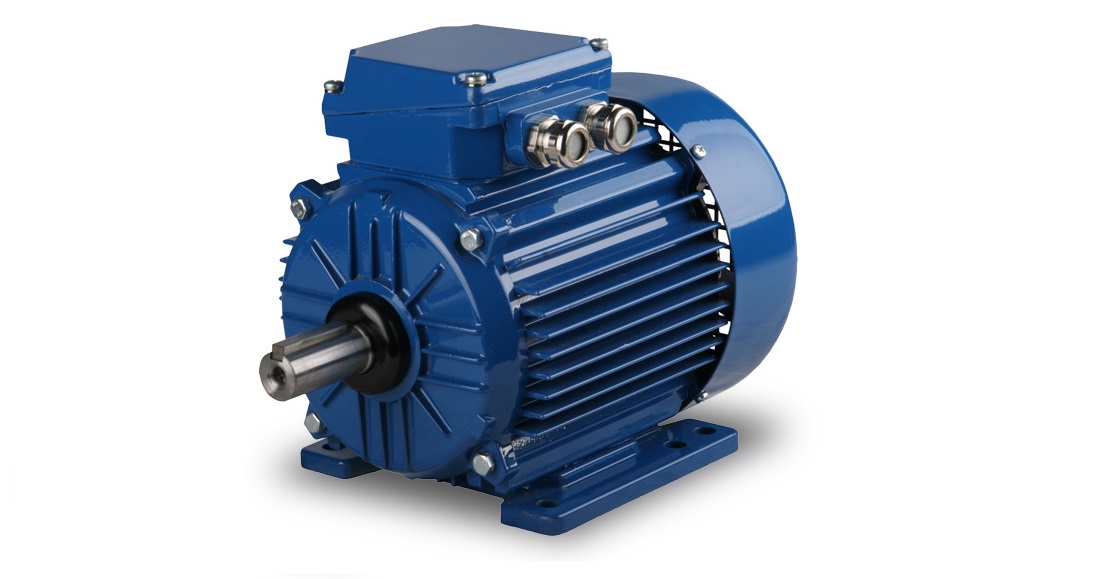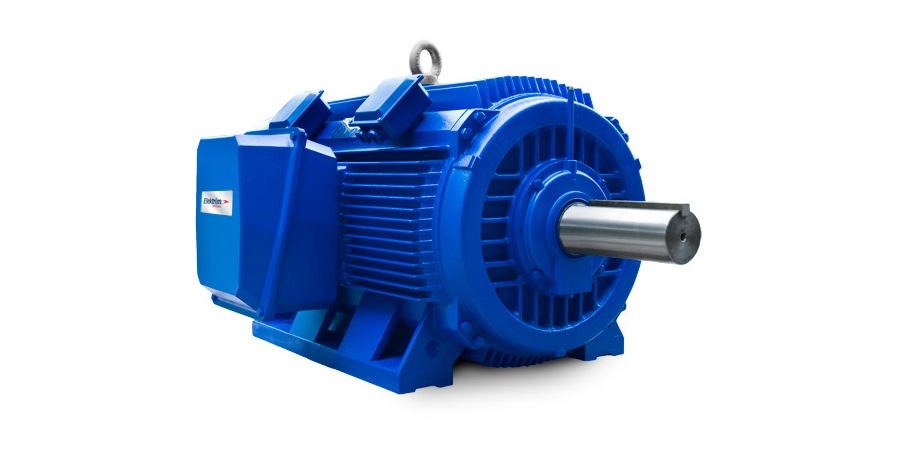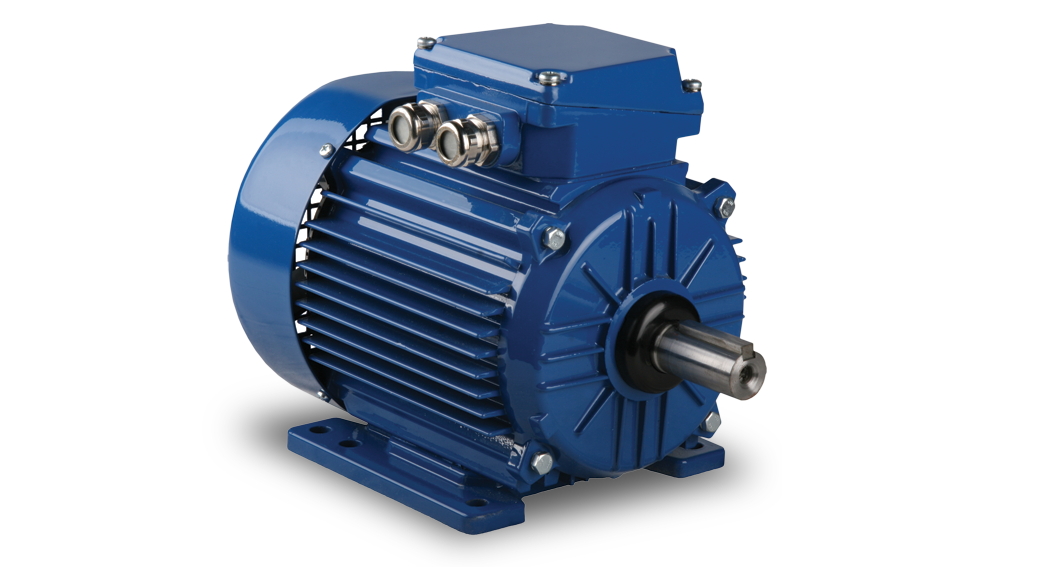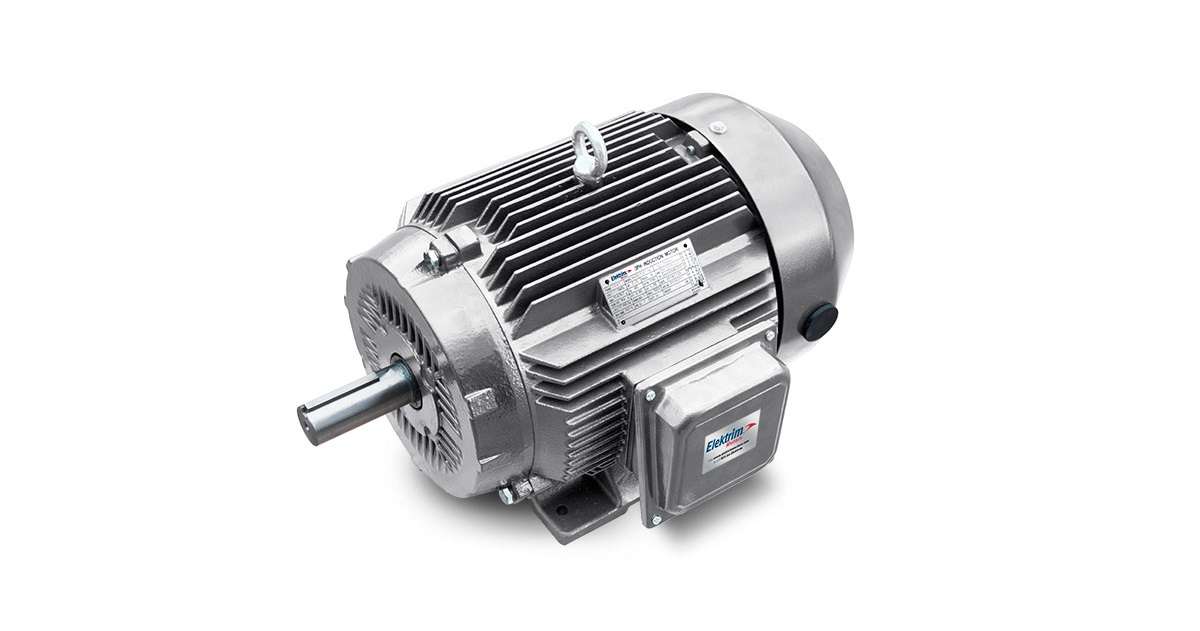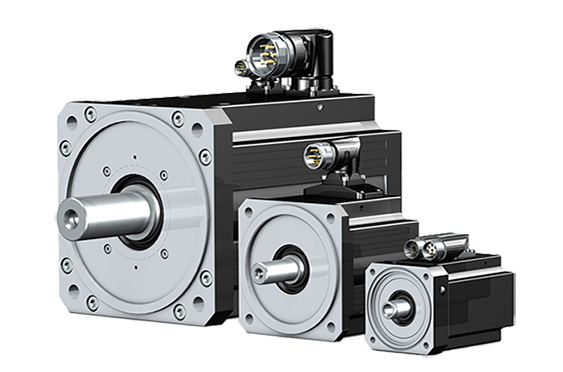The Differences Between AC and DC Motors
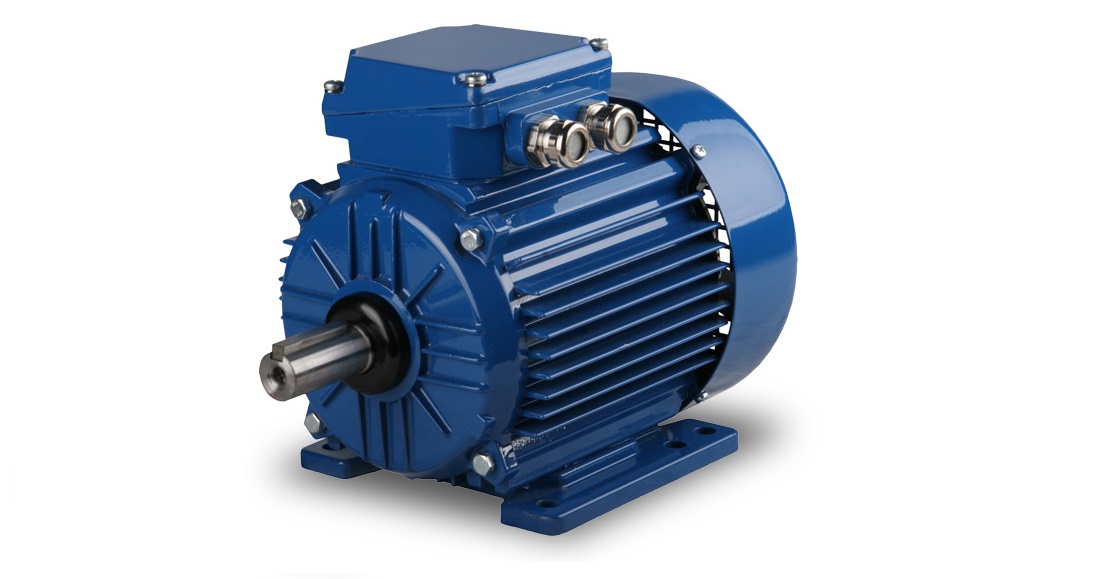
During the late 1800s, there was a huge rivalry between Thomas Edison and Nicolas Tesla. Edison discovered direct current and Tesla discovered alternating current. Each of them argued that his form of electricity is better than the other's, to a point that Edison created the electric chair with alternating current, because he wanted to deface AC and associate it with death. Edison's design had one critical flaw, which is the current can go up to 3/4 mile to a mile before it fades out, while Tesla's AC can run at higher voltages allowing it to be transmitted for hundreds of miles without losing power.
Two types of electric motors convert electrical energy into mechanical energy by creating a rotational force: AC and DC motors. The electric motor mainly functions through the interaction between the magnetic field and the electrical field.
An AC motor which is short for an alternating current motor is a motor that converts alternating current into mechanical energy through electromagnetic induction. The electricity transmitted to our homes and factories by the power companies is alternating current. The alternating current moves in both directions through the wires.
An AC motor consists of two key components: the stator and the rotor. The stator is a fixed outer shell of the motor, which includes windings that transform the incoming alternating current into a rotating magnetic field. Windings are wires around the magnetic core that allow the current to flow and create a magnetic field. The rotor is magnetized in opposite polarity because of the magnetic field, which makes it repel and rotate. The rotor is located inside the stator and is placed on the shaft of the AC motor. The rotor comprises electro-magnets laid out around the cylinder and the poles facing the stator poles.
AC motors supply power at electrical outlets in two forms: single-phase and three-phase. Single-phase means that only one voltage wavelength is applied to the motor and is mainly used in commercial applications. Three-phase means three wires supply voltage waveforms and is primarily used in industrial applications for heavy-duty machinery with three-phase motors. Three-phase power is more efficient and more economical than single-phase power.
A DC motor uses direct current instead of alternating current to convert electrical energy into mechanical energy and mainly relies on the forces produced by the magnetic fields. Unlike alternating current, direct current does not change direction and constantly moves in the same direction. Direct current motors vary in size and application, from small-sized motors used in small gadgets/toys to big motors used in cars, elevators, etc.
A direct current motor consists of a stator and armature. The stator is the fixed part of the motor, while the armature rotates by a rotating magnetic field caused by the stator. The stator contains a set of magnets, while the armature consists of a simple coil of windings of insulated wire wrapped around the motor's core to concentrate the magnetic field. These windings have multiple turns around the coil and are connected to a commutator that applies electrical current to the windings, creating a steady rotating force(torque). The electrical energy is converted into mechanical energy through the rotating movement.
Feel free to Contact Us if you have any questions or need more information regarding the difference between AC and DC motors.
HVH Industrial Solutions is an authorized distributor of the following AC motors manufacturers: Elektrim Motors, WEG, Brook Crompton, Techtop, Toshiba, MGM, WorldWide Electric, Lafert, and others. We work closely with their engineering teams to provide superior customer service and support. Visit our Electric Motors page to find the motor you need.

